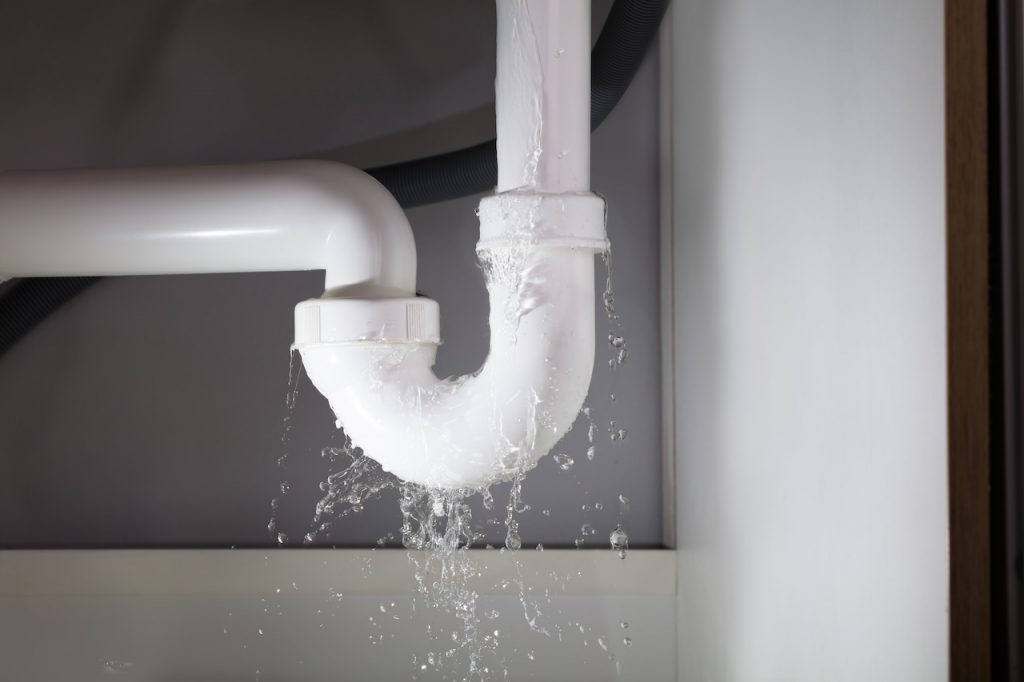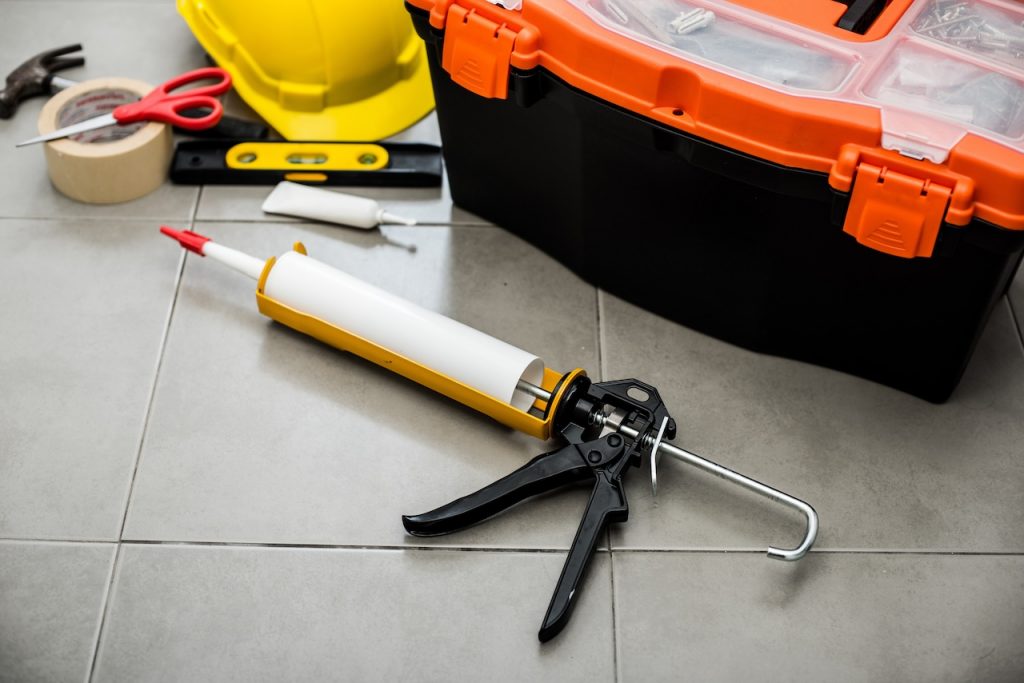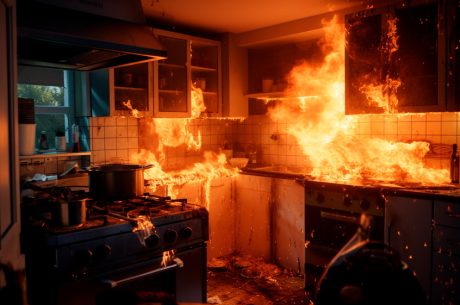Wondering how to seal foundation cracks? Sewer gas is a byproduct of decaying organic matter in sewage systems. According to the Occupational Safety and Health Administration (OSHA), exposure to sewer gas can lead to serious health problems if left untreated.
In addition to health risks, sewer gas can create foul odors that affect your home’s air quality. Properly sealing foundation cracks is essential for preventing these gases from entering your living space. In this guide, we’ll teach you how to seal foundation cracks effectively and keep sewer gas at bay.
How to Seal Foundation Cracks
The first step in preventing sewer gas entry is identifying any cracks in your foundation. Inspect your home’s interior and exterior for visible cracks or gaps where pipes enter the building.
The most common places to find cracks and gaps include:
- Foundation walls and floors
- Around plumbing pipes
- Basement windows and doors
- Crawl spaces

Plumbing pipes in your home can corrode or crack over time
Materials Needed
Selecting the appropriate sealant is essential for effective crack sealing. A high-quality concrete crack filler or sealant will work well for small cracks (less than 1/4 inch wide). For larger cracks, you may need to use hydraulic cement or an epoxy injection kit. Make sure the sealant you choose is suitable for both interior and exterior use and can withstand varying temperatures and moisture levels.
Before you learn how to seal foundation cracks, be prepared with protective equipment to avoid contact with toxic fumes. Ensure you have:
- Gloves
- Safety goggles
- Dust mask or respirator

A caulking gun provides steady pressure on the sealant so you can get a smoother finish.
Step-by-Step Sealing Process
- Preparation: Clean the area around the crack to remove any debris or dirt.
- Fill the Crack: Apply your choice of sealant to the crack to seal it completely.
- Seal Plumbing Gaps: Use caulk to seal any gaps around plumbing fixtures to prevent gas leaks. These materials are flexible and can accommodate the movement of pipes.
- Reinforcement: Consider using reinforcing materials for a more durable seal for larger cracks.
After applying the sealant, allow it to cure according to the manufacturer’s instructions. This usually takes 24 to 48 hours. Avoid exposing the sealed area to water or heavy use during this time to ensure a robust and durable bond.
Preventing Future Cracks
In addition to sealing existing foundation cracks, preventive measures are essential to reduce the risk of new cracks forming. Maintain proper drainage around your home to prevent water accumulation near the foundation, which can weaken the structure over time. Address any plumbing leaks promptly to avoid excess moisture that can contribute to crack formation. Regular inspections of your foundation can help you catch potential issues early and prevent sewer gas entry.
Contact PuroClean of Burlington for Professional Damage Restoration Services Today!
Now that you know how to seal foundation cracks, you can keep sewer gas out and maintain a healthy living environment. Remember, regular inspections and prompt repairs can save you from the dangers and discomfort of sewer gas exposure. So, take action today and breathe easier tomorrow!
If you detect persistent sewer gas odors despite sealing efforts or if the cracks are extensive, it’s best to consult a professional. Protect your home and family from sewer gas risks today. Contact PuroClean of Burlington at (262) 342-2226 for professional assistance or visit our website for more information on keeping your home safe and secure.




 PuroClean of Burlington
PuroClean of Burlington